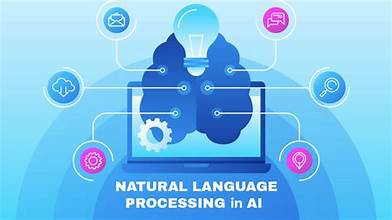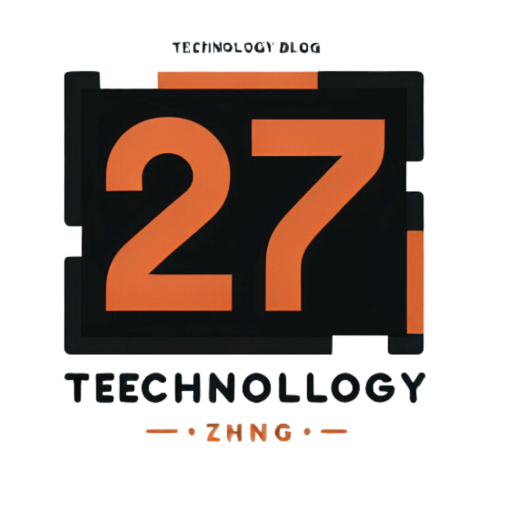In recent years, transformer models have emerged as a groundbreaking development in the field of Natural Language Processing (NLP), fundamentally transforming the way artificial intelligence (AI) interacts with human language. This article explores the rise of transformer models, their core principles, and how they are revolutionizing the AI landscape.
What Are Transformer Models?
Transformer models are a type of deep learning architecture introduced by Vaswani et al. in the seminal 2017 paper, “Attention is All You Need.” Unlike previous models that relied heavily on recurrent neural networks (RNNs) or convolutional neural networks (CNNs), transformers utilize a mechanism known as “attention” to process data. This mechanism allows the model to weigh the importance of different words in a sentence, irrespective of their position, enabling a more nuanced understanding of language.
Core Principles of Transformers
- Self-Attention Mechanism: At the heart of transformer models is the self-attention mechanism. This allows the model to consider the entire context of a word or phrase within a sentence, rather than just focusing on adjacent words. For instance, in the sentence “The cat sat on the mat,” the model can understand the relationship between “cat” and “mat” even though they are not next to each other.
- Multi-Head Attention: Transformers use multiple attention heads to capture various aspects of the relationships between words. Each head focuses on different parts of the input data, allowing the model to gather a richer understanding of the context.
- Positional Encoding: Unlike RNNs, transformers do not process data sequentially. Instead, they use positional encodings to retain the order of words in a sentence. This encoding is added to the input embeddings, ensuring that the model can understand the sequence of words.
- Feed-Forward Networks: After processing the attention mechanisms, the model employs feed-forward networks to further refine the information. These networks are applied to each position independently, enabling the model to capture complex patterns in the data.
The Impact of Transformers on NLP
Transformer models have had a profound impact on various NLP tasks, including:
- Language Understanding: Transformers excel in understanding and generating human language. Models like BERT (Bidirectional Encoder Representations from Transformers) and GPT (Generative Pre-trained Transformer) have set new benchmarks in tasks such as question answering, text classification, and sentiment analysis.
- Text Generation: Transformers have revolutionized text generation. GPT-3, for instance, can generate coherent and contextually relevant text, making it possible to create highly sophisticated chatbots and virtual assistants.
- Translation: In machine translation, transformer models have outperformed traditional methods. They provide more accurate and fluent translations by leveraging their ability to understand context and nuances in different languages.
- Summarization: Transformers can generate concise summaries of lengthy documents, extracting the most important information while retaining the overall meaning. This is particularly useful in creating executive summaries or content digests.
Advantages of Transformer Models
- Scalability: Transformers are highly scalable, meaning they can be trained on vast amounts of data and used for various applications. Their parallel processing capabilities allow for faster training times compared to RNNs.
- Flexibility: The architecture of transformers is adaptable to different tasks. By fine-tuning pre-trained models on specific datasets, they can be customized for various NLP applications.
- Contextual Understanding: Transformers’ ability to consider the entire context of a sentence allows for a more nuanced understanding of language. This is crucial for handling ambiguity and complexity in human language.
Challenges and Future Directions
While transformer models have achieved remarkable success, they are not without challenges. One major issue is their high computational cost, which can be a barrier for smaller organizations. Additionally, transformers require large amounts of data for effective training, which may not always be available.
Future research is focused on addressing these challenges by developing more efficient architectures and exploring ways to reduce the data requirements. Innovations such as sparse transformers and model distillation are being explored to make these models more accessible and efficient.
Conclusion
The rise of transformer models represents a significant leap forward in NLP and AI. By harnessing the power of self-attention mechanisms and scalable architectures, these models have set new standards for language understanding and generation. As research continues to advance, we can expect transformer models to play an increasingly central role in shaping the future of artificial intelligence.










